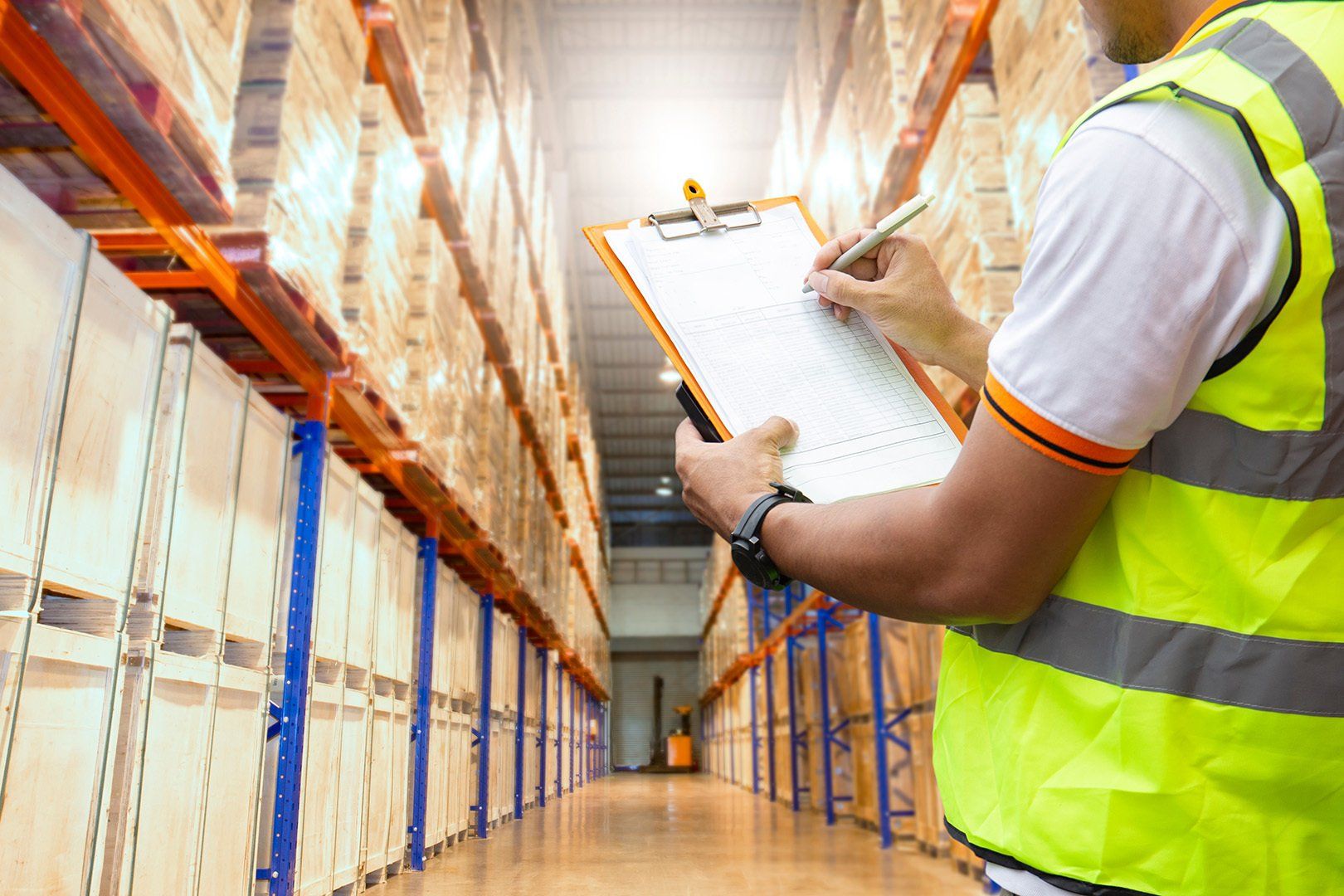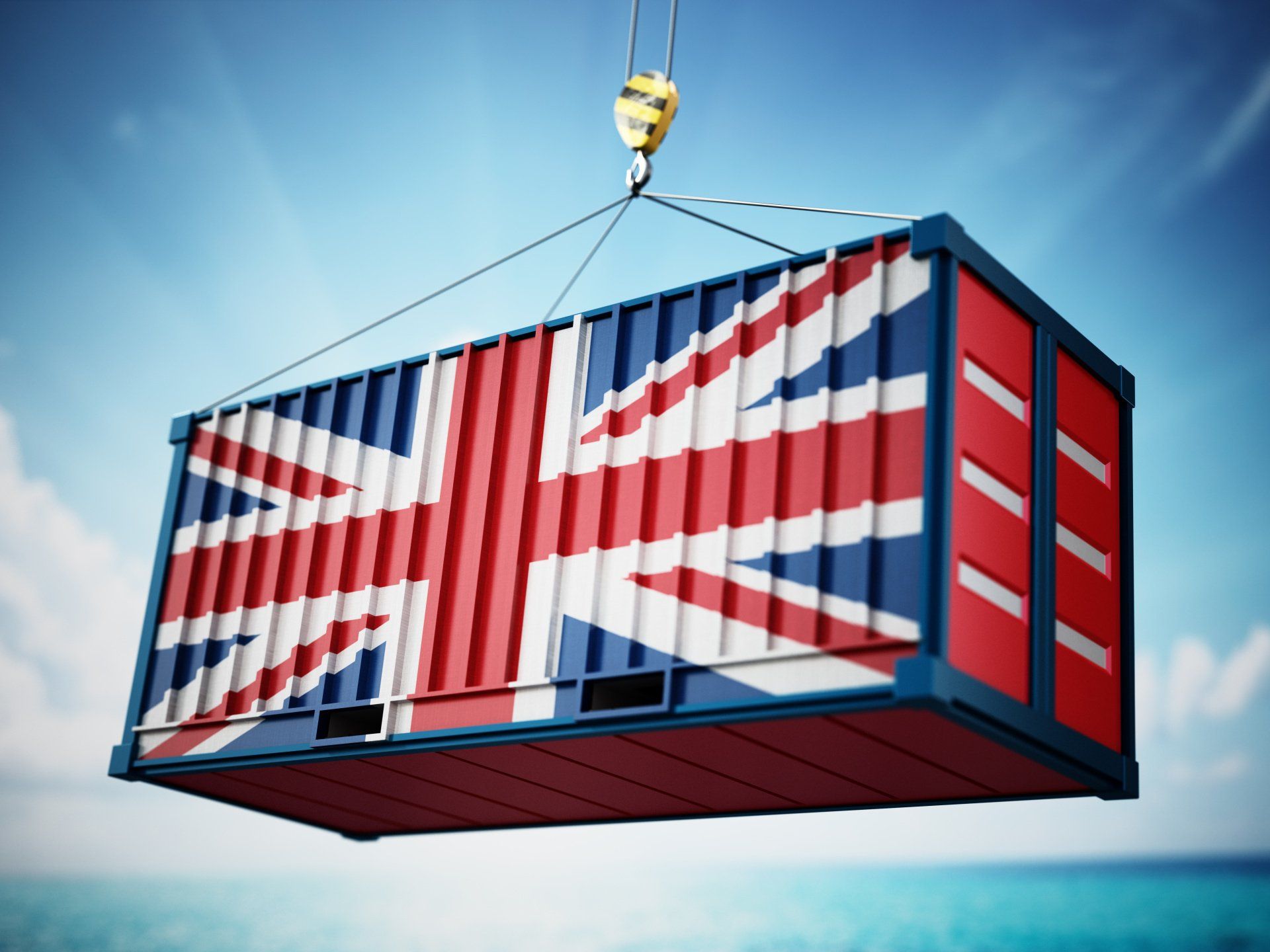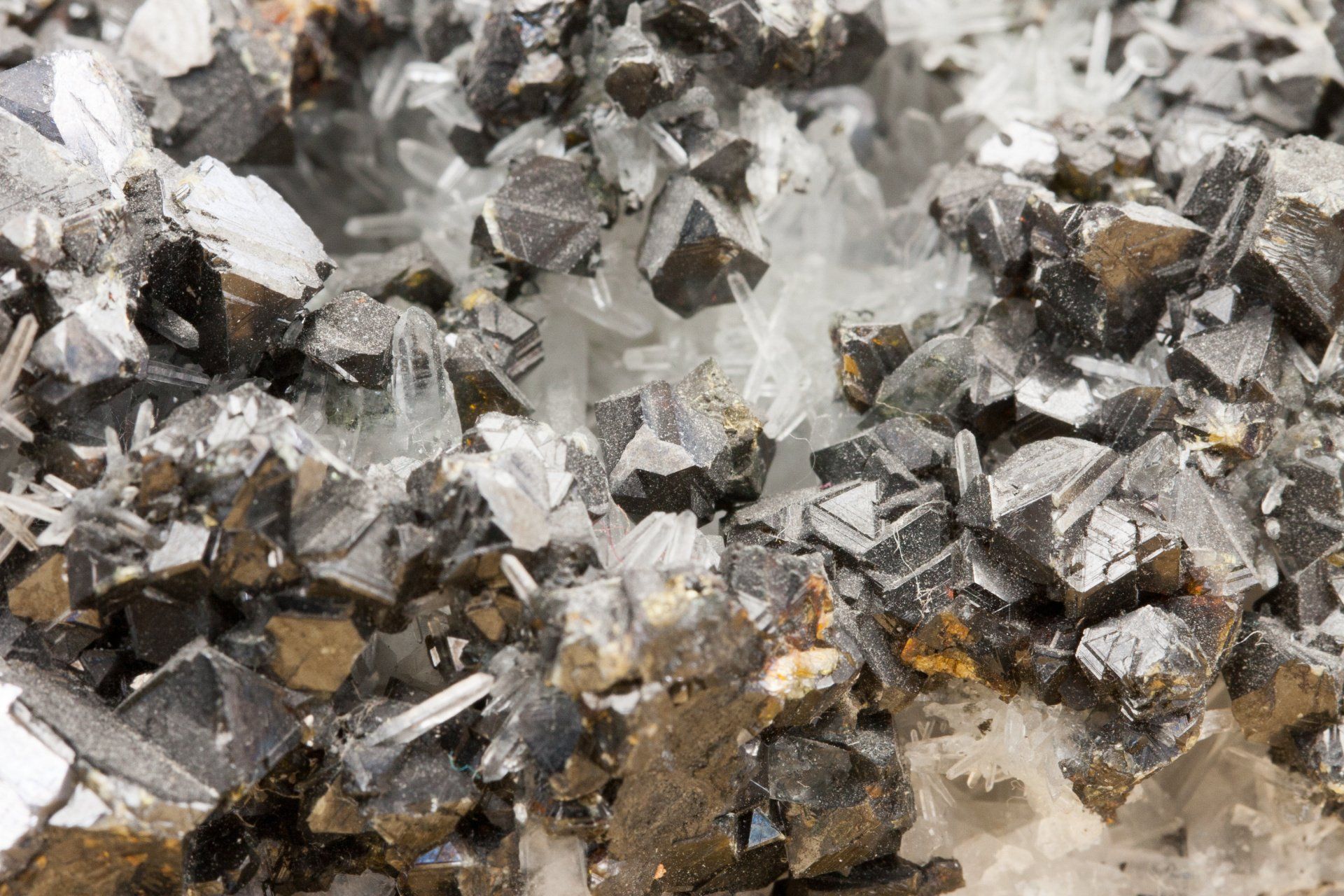What's the Difference Between Bio-based, Recyclable, Biodegradable?
With sustainability high on the leading companies in every industry's agenda and technology advancing faster than ever before, the world of plastics is truly changing. Plastic waste has become a global concern, with 381 million tonnes of plastic being produced yearly – and this figure is set to double by the year 2034. Researchers estimate that more than 8.3 billion tonnes of plastic has been produced since the early 1950s, and about 60% of that plastic has ended up in either a landfill or the natural environment (the sea, woodland, forest etc).
But what about the new and more sustainable plastics companies are creating – will they help us tackle the plastic waste problem we're facing globally? Well this leads on to a great discussion about the different types of new plastics being produced. You've probably come across terms like bio-based, biodegradable or recyclable plastics, but do you know what they actually mean, and how can they help us achieve the sustainability targets leaders have set? We will take you through some of the most common terms associated with sustainable plastics and uncover the facts behind each one. Keep reading to learn more.
Bio-based
Plastics that are bio-based are partially (or completely) made from material that has been produced from biomass instead of fossil-based raw materials. Biomass is renewable organic material that comes from plants and animals.
Biomass sources for energy include:
- Wood and wood processing wastes (firewood, wood pellets, and wood chips, lumber and furniture mill sawdust and waste, and black liquor from pulp and paper mills).
- Biogenic materials in municipal solid waste (paper, cotton, and wool products, and food, yard, and wood wastes)
- Animal manure and human sewage
- Agricultural crops and waste materials (corn, soybeans, sugar cane, switchgrass, woody plants, and algae, and crop and food processing residues)
According to the Institute for Bioplastics and Biocomposites (IfBB), 2.61 million tons of bio-based plastics were produced worldwide in 2018 - that's just less than 1% of the global plastic market. As the demand for plastics continue to grow, so does the demand for more sustainable plastics solutions. The conventional fossil-based plastic can be replaced with the bio-based equivalent. This can help reduce the carbon footprint of the end product while the other characteristics of the product – like its durability and recyclability – will remain the same.
A common type of biodegradable bio-based plastic you may have heard of is Polyhydroxyalkanoate or PHA -which is currently used to make packaging and bottles. It's produced by industrial fermentation when certain bacteria are fed sugar or fat from feedstocks such as sugar cane, corn or vegetable oil. But unwanted byproducts, such as waste cooking oil that remain after sugar manufacturing, could be used as an alternative feedstock.
Bio-based PET is a biomass-derived fully recyclable, biodegradable, compostable, and renewable bioplastic material, that is composed of 30% plant-derived ethanol glycol and 70% fossil-derived terephthalic acid (TPA). Bio-based PET is used in many products such as bottles, car interiors and electronics. As the customer demand for more sustainable plastics increases, the market for this plastic is expected to grow by 10.8% by the year 2024.
Recyclable
If plastic is recyclable, it means that it can be reprocessed and turned into other useful products. Several types of conventional plastics can be recycled mechanically – the most common type of recycling. But the first global analysis of plastic waste ever generated found that only 9% of plastic has been recycled since the material started being produced in the last 60 years or so.
What are the different types of recycling?
There are two main ways of recycling plastic, that we will discuss below, and they are mechanical and chemical.
Mechanical recycling involves shredding and melting down plastic waste and turning it into pellets. These pellets are then used as a raw material to make new things. Plastic quality often deteriorates during this process, meaning a piece of plastic can only be mechanically recycled a limited amount of times before it is no longer suitable. New plastic, also known as ‘virgin plastic’, is therefore often mixed with recycled plastic before it is turned into a new product to make sure its at the desired level of quality.
Chemical recycling is the term used to describe a range of technologies in the waste management industry which allow plastics to be recycled, that are difficult or uneconomic to recycle mechanically. By turning plastic waste back into base chemicals and chemical feedstocks, chemical recycling has the potential to improve recycling rates and divert plastic waste from landfill or incineration.
One of the main benefits of chemical recycling is that it is an upgrading process in which a plastic’s quality doesn’t degrade once processed unlike during mechanical recycling. The resulting plastic can be used to make a wide range of products including food containers and items for medical and healthcare uses where there are strict product safety requirements.
Biodegradable
If a plastic is biodegradable, it means that it can undergo decomposition and when in contact with specific bacteria or microbes – turning it into water, biomass and carbon dioxide, or methane, depending on whether its in aerobic or anaerobic conditions. Although most biodegradable plastics are bio-based, some biodegradable plastics are made from fossil oil based feedstock.
The term biodegradable is quite ambiguous since it doesn't specify a timescale or environment for the decomposition of the plastics. Most plastics, even the non-biodegradable ones, will degrade eventually - given enough time - for example a few hundred years. They will break down into smaller pieces that can be invisible to the human eye, but remain present as micro-plastics. In contrast, most biodegradable plastics will biodegrade into CO2, water and biomass if they are given the adequate time and are under specific environmental conditions. It is advised that detailed information about how long a plastic takes to biodegrade, the level of biodegradation and required conditions should be provided to better evaluate its credentials.
Compostable – a type of biodegradable plastic
Compostable plastic is a subset of biodegradable plastic. Under the right composting conditions, it is broken down by microbes into CO2, water and biomass. For plastic to be certified as compostable, it must meet certain standards. For example the requirements in Europe are 90% of the plastic must decompose into fragments less than 2mm in size in controlled conditions in 12 weeks . It must also contain low levels of heavy metals so that it doesn’t harm soil. Compostable plastics need to be sent to an industrial facility where specific conditions like heat and humidity are applied in order to ensure degradation.
Polybutylene Adipate Terephthalate (PBAT) is a fossil feedstock based polymer that is used to make organic waste bags, disposable cups and packaging film and is biodegradable in composting plants. Plastic that breaks down in open environments such as in household compost heaps is typically hard to make.
Polyhydroxyalkanoates (PHAs) fit the bill but are not widely used since they are expensive to produce and the process is slow and difficult to scale. However specialists have been working on improving this by using a novel chemical catalyst – a substance that helps increase the rate of a chemical reaction.














